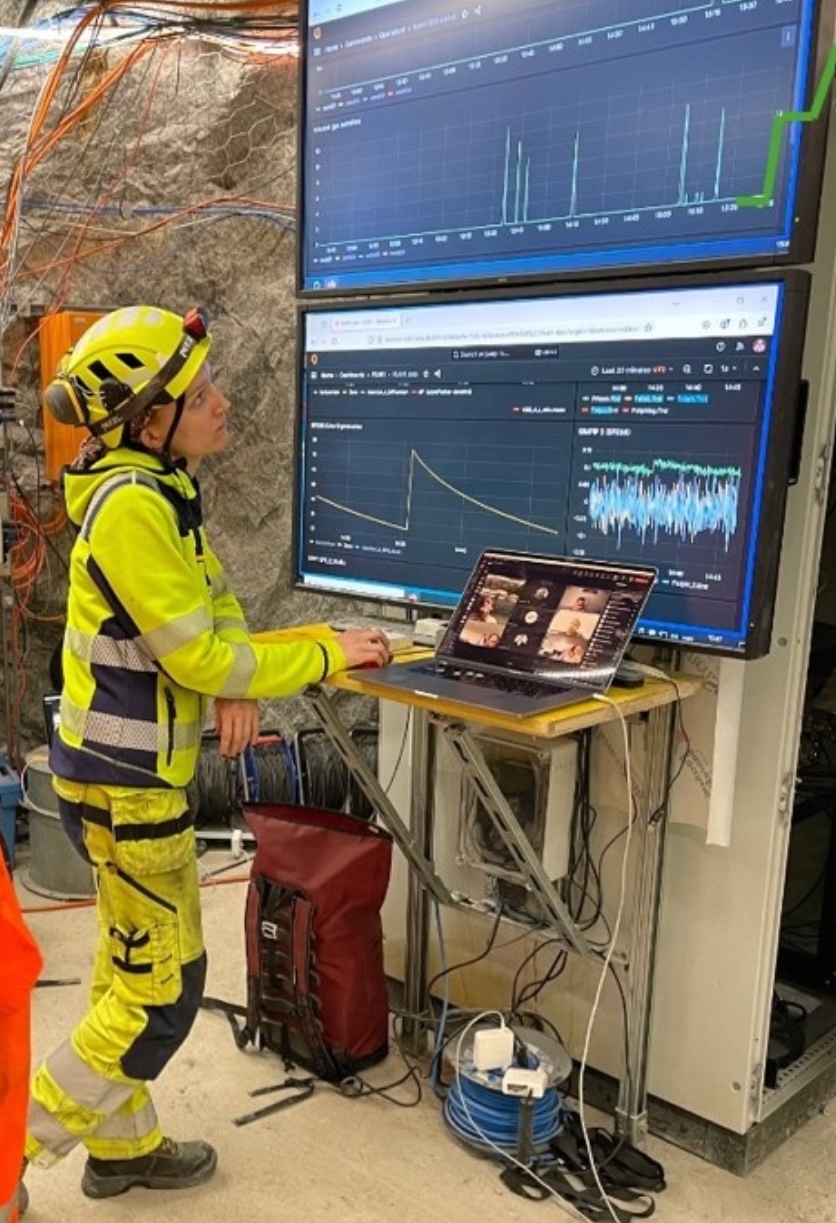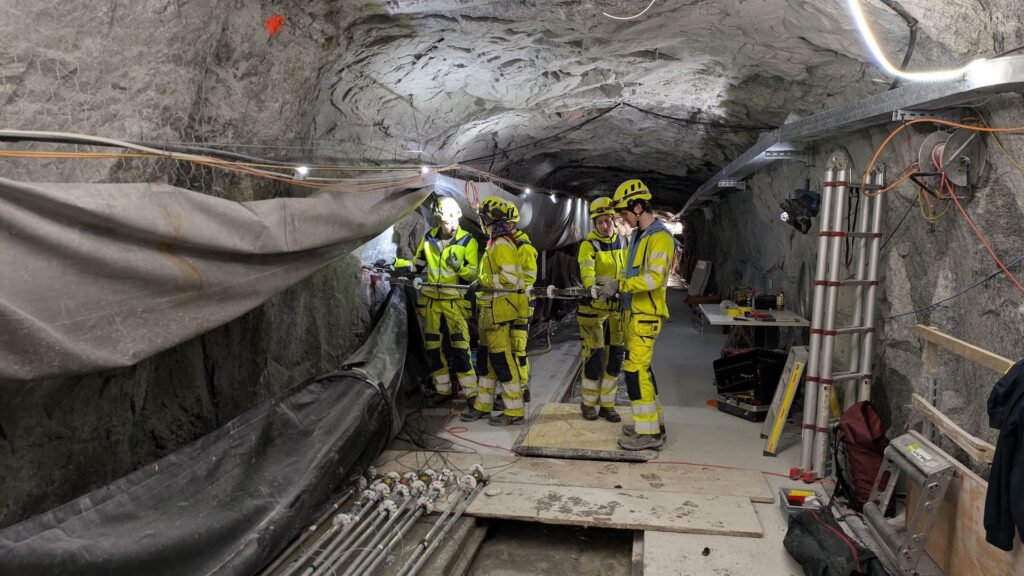Scientists are deliberately triggering earthquakes from a tunnel deep beneath the Alps. Although it may sound like something out of a James Bond movie, the goal isn’t turmoil and destruction. Rather, researchers with the Fault Activation and Earthquake Rupture (FEAR) project are looking for ways to determine the danger of an earthquake before it strikes.
Despite an increasing amount of monitoring on fault lines worldwide, researchers still don’t understand the immediate triggers of earthquakes. Nor do they know why some ruptures happen on short segments of fault lines while others run for many miles, causing greater destruction. Right now, geoscientists are limited to studying these events only after they happen, Domenico Giardini, professor of seismology and geodynamics at ETH Zürich, told Live Science.
That means they must trigger real earthquakes in controlled conditions with thousands of monitors right on a fault — not an easy prospect. But Giardini and his colleagues are taking advantage of the massive power of the Alps themselves. These mountains, on the border of Switzerland and Italy, are deeply faulted; the zigzagging networks of cracks beneath them are the legacy of millions of years of tectonics. Just the compressional force of the towering mountains above is enough to fracture the rocks 0.6 to 1.2 miles (1 to 2 kilometers) below the surface.

The rocks on the sides of these faults do occasionally slip, giving off mostly small quakes. Using a preexisting tunnel that was once used in the construction of a railway project, the FEAR project is getting up close and personal with one of these faults and pumping water into them to trigger it to release earthquakes on a convenient time schedule.
“They would have taken place sooner or later in the history of the Alps, but we make sure they happen next week,” Giardini said.
The process is similar to what happens when oil and gas companies inject wastewater from wells into faulted areas in places like Oklahoma and Texas. This water lubricates the faults, thus reducing the friction required for them to rupture.
The difference is that Giardini and his team have a dense network of seismometers and accelerometers right on the fault, so they can measure exactly how it moves in response to this decrease in friction. The team has already triggered hundreds of thousands of quakes up to magnitude zero. (Because earthquakes are measured on a nonlinear, logarithmic scale, it’s possible to have very small quakes with a magnitude of zero or even with negative magnitudes.)
Next week, the researchers will begin injecting hot water into the fault to see how temperature affects the evolution of an earthquake. And in March, Giardini said, they’ll start triggering earthquakes up to magnitude 1.
The idea is that if they can figure out what parameters trigger a quake of a certain size — if they can, in essence, trigger a quake of whatever size they desire — they’ll eventually be able to measure a dangerous fault in the real world before it breaks and calculate the kinds of stresses needed to trigger a quake of a certain size on that fault.
“A couple years ago [in February 2023], there was a very large quake on the border between Syria and Turkey,” Giardini said. “We know that fault will continue toward the south and toward the north. We want to try to understand, is the next quake going to be a 7 or an 8 or 8.5?”
Already, he said, certain parameters, like the amount of strain in the rocks outside the fault, are proving to be important. The researchers are also starting to understand more about how quakes jump from one fault to a neighboring fault.
“We are seeing examples that we produce ourselves underground that look very much like what happens in nature,” Giardini said.
